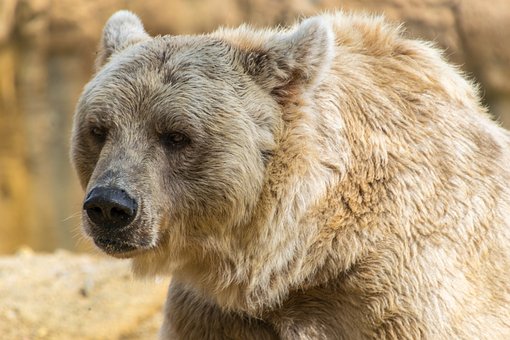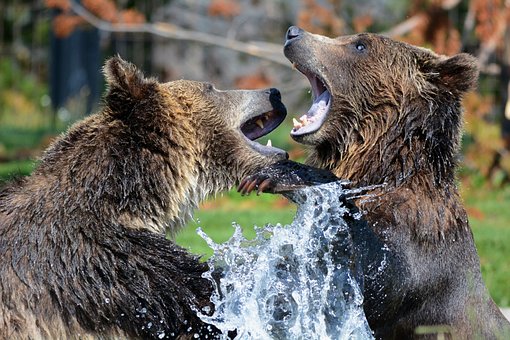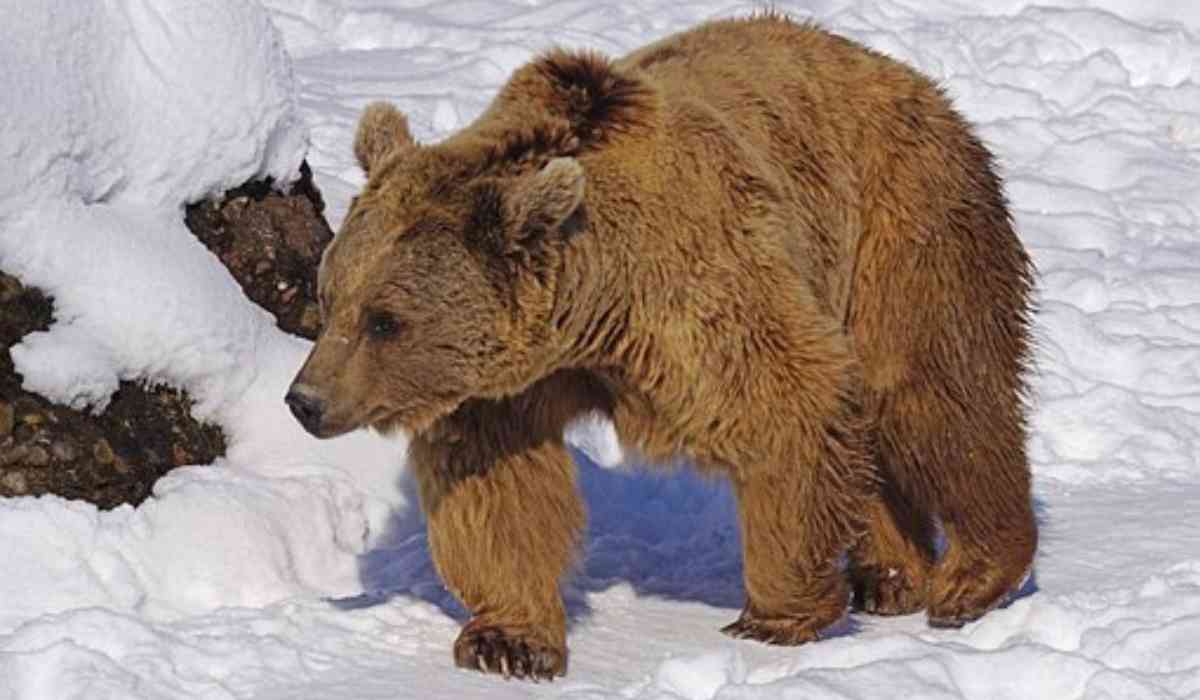A brown bear that lay nearly impeccably saved in the frozen outdoors of eastern Siberia,500 times has experienced a postmortem by a platoon of scientists after it was discovered by reindeer herdsmen on a desolate islet in the Arctic.
" This discovery is unique the complete corpse of an ancient brown bear," said Maxim Cheprasov, laboratory chief at the Lazarev Mammoth Museum Laboratory at the North-Eastern Federal University in Yakutsk, eastern Siberia.
The womanish bear was set up by reindeer herdsmen in 2020 protruding out of the permafrost on Bolshoy Lyakhovsky Island, part of the New Siberian archipelago around,600 km east of Moscow.
Because it was set up just east of the Bolshoy Etherican River, it has been named the Etherican brown bear.

The extreme temperatures helped save the bear's soft towel,460 times, as well as the remains of its final meals- raspberry feathers and shops. The bear is described as being 1.55 meters (5.09 ft) altitudinous and importing nearly 78 kg( 12 gravestones).
For the first time, a corpse with soft napkins has fallen into the hands of scientists, giving us the occasion to study the internal organs and examine the brain," said Cheprasov.
The scientific platoon in Siberia cut through the bear's tough hide, allowing scientists to examine its brain, and internal organs and carry out a host of cellular, microbiological, virological, and inheritable studies.
The bear's pink towel and unheroic fat were easily visible as the platoon deconstructed the ancient beast.
They also sawed through its cranium, using a vacuum cleaner to stink up the cranium bone dust, before rooting its brain.

" inheritable analysis has shown that the bear doesn't differ in mitochondrial DNA from the ultramodern bear from the northeast of Russia – Yakutia and Chukotka," Cheprasov said.
He said the bear presumably progressed about 2- 3 times. It failed from an injury to its spinal column.
It is, however, unclear how the bear came to be on the islet, which is now divided from the landmass by a 50 km( 31 afar) strait. It may have crossed over ice, it might have swum over, or the islet might still have been part of the landmass.
© Vygr Media Private Limited 2023. All Rights Reserved.
























